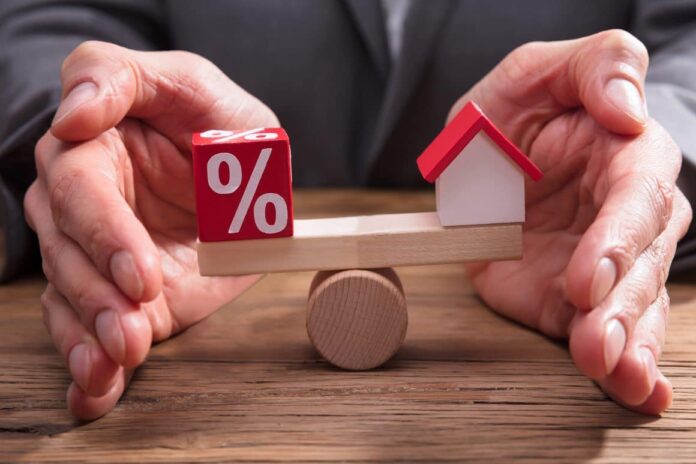[ad_1]

Mr Halmarick said while the Australian economy is losing momentum, led by a slowdown in household spending, inflation was also decelerating – albeit at a slower pace than other nations.
“The good news is that the pace of global inflation clearly begun decelerating around mid-2023 and we expect further deceleration in 2024, however markets will also focus on the balance between returning inflation to 2 per cent targets, without doing too much damage to labour markets,” he said.
“As 2023 draws to a close, markets have shifted to our view that the global monetary policy tightening cycle is at an end, and that 2024 will see interest rate cuts from some of the major central banks, especially the US Federal Reserve and the RBA.
“CBA is forecasting the annual rate of inflation back at 3 per cent at the end of 2024, well ahead of the RBA’s current forecast and closer to the Commonwealth government’s latest forecast. We also expect the RBA to begin a modest monetary policy easing cycle from September 2024 onwards.”
Both the RBA and markets will also need to get used to the new rhythm of the RBA in 2024, with eight meetings in the year, regular press conferences and a new monetary policy board, Mr Halmarick noted.
Heading into 2024, Mr. Halmarick said climate change would also prove pivotal to the outlook.
“Global capital will need to continue to flow into markets and industries that can help the world move towards the net zero carbon target.”
The RBA kept interest rates on hold in December, sparing borrowers of a sixth interest rate rise in 2023 and when they next meet in February they will look at a range of data including the December quarter CPI figures which come out in late January.
It seems there is an increasing case for no further rate rises as it seems that the rate rises are finally biting.
- Inflation seems to be falling not only locally but around the world.
- Our economic growth in the September quarter was down to a weak 0.2% with the annual GDP only 2.1
- Sure we’re still spending more than the RBA would like, but the savings buffers we stashed over Covid are eroding
- Real wage growth is still negative. In fact real incomes to their lowest level in eight years, forcing households to eat into the $237 billion savings buffer built up during the pandemic.
[ad_2]
Source link


